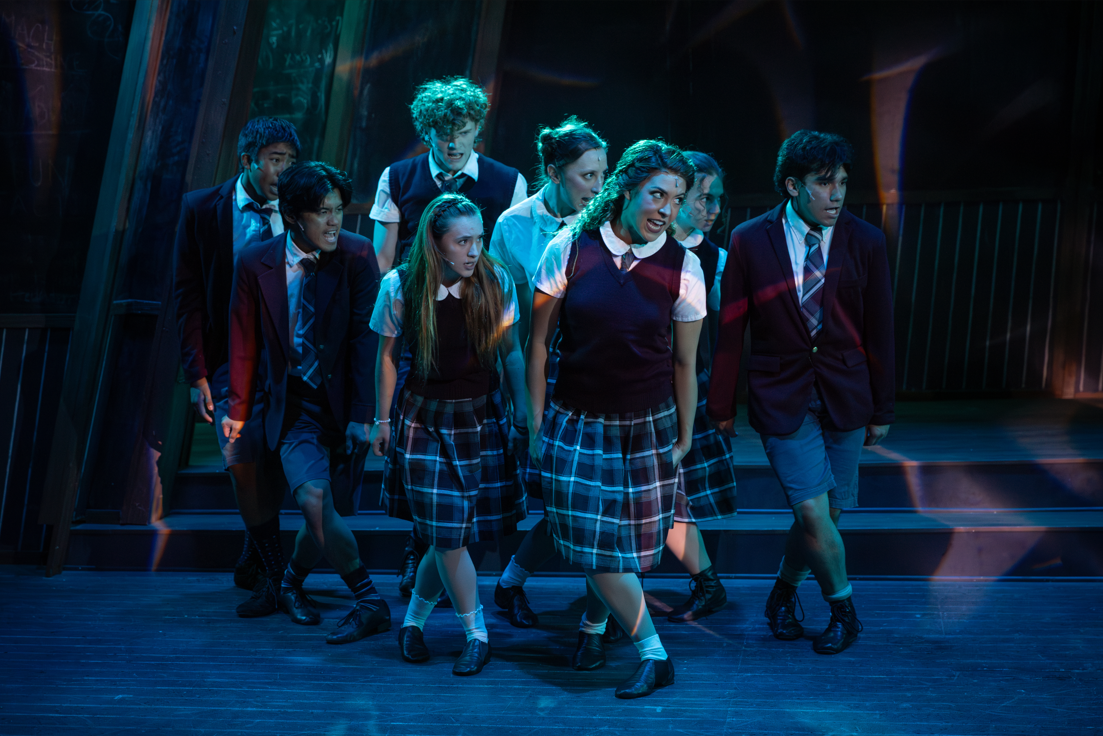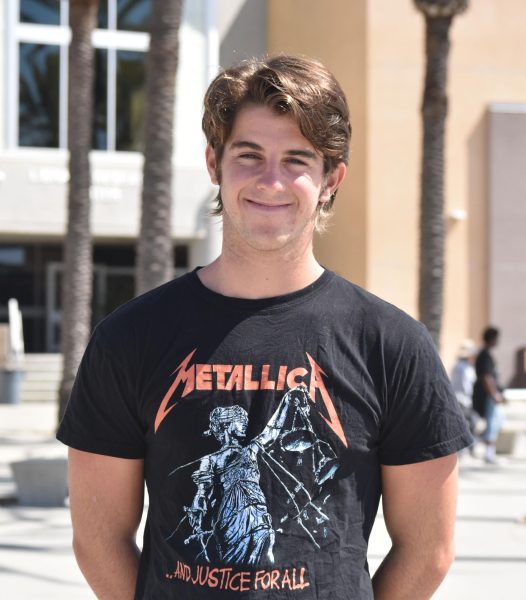Over the dewy chilled grass next to a tan chipped bench at the Peñasquitos Creek Park on a cloudy Sunday morning, Delaney Hennigan (10) kicked a soccer ball to herself. She was excitedly waiting to meet the athlete with whom she would buddy for the day’s Top Soccer session. The program, which has run for 18 years, pairs volunteers with special-needs people of all ages to play soccer and find a social circle. The first time Hennigan had been to Top Soccer was in fourth grade when she went with one of her friends, who has autism.
“I just saw him as one of my normal friends, but when I went to his house his mom explained that I’d have to be patient with him,” Hennigan said. “I understood that he couldn’t do everything that all my other friends could, and that was okay. Sometimes he had to take things slower, so I think patience really helped me in trusting that he would grow and learn to do things his way.”
Hennigan kept her experiences in mind as she became a buddy to Carlo, a 5-year-old boy with autism who was participating in his first day at Top Soccer. However, his first day at the program did not go as smoothly as Hennigan’s first day being an athlete did.
Routines matter to Carlo, as they do for most people with autism, so as Carlo loaded into his dad, Joseph’s, car that morning, he assumed the car would either depart for his Grandma’s house, or the McDonald’s play place, both frequent outings for Carlo.
Joseph thought that to avoid making Carlo anxious, it was better to not tell him right away where they were heading. When it became clear the car was heading somewhere new, however, Carlo clung to his father and, when they arrived, was hesitant to interact with others.
To ease Carlo’s tension, Joseph used Applied Behavior Analysis (ABA), a therapy that aids children with autism in managing distress without harming themselves. ABA focuses on reinforcing positive behaviors so that they’ll be repeated. Joseph had personally trained in ABA and applied it to Carlo’s meeting with Hennigan.
“First, I held [Carlo] for a while and I told him that I was going to sit down with him, which he did not want, but he went with it then,” Joseph said. “Then I turned him around [to face Hennigan], and Delaney started rolling the ball to him. At first, he was pushing it away because he didn’t want it. But then as she kept doing it, he eventually realized that it was a game.”
As time went on and Carlo became more and more invested in this game, Joseph decided to stand up and slowly move away. Carlo then built up his confidence being away from his father and eventually forgot all about his past fears, proceeding to run around the park playfully kicking or throwing any ball he could find.
Macey Naritomi (12) and Lucy Kaas (12) currently lead Top Soccer as its co-presidents. Naritomi started as a freshman and Kaas as a sophomore. On Naritomi’s first day as a buddy in Top Soccer, she was paired with a woman who she would later become good friends with. Every day before the Sunday morning sessions, Naritomi and Kaas drag the goals into their correct position then stab the spikes into the ground for agility work exercises before they assign buddies to athletes and provide general guidance to keep the program running smoothly.
“The first day I got paired with this woman with Down Syndrome,” Naritomi said. “She looked incredibly young because [people with Down Syndrome] don’t always look like their actual age. She was going through some difficult things at her group home for people with special needs, so sometimes she would come very upset to the sessions. But, after the first couple of sessions, it was really nice to see the positive direction she began to head in: not crying as often and being more talkative and happy, which was really sweet to see. Later, she and I exchanged numbers, and before her last season she drew me a picture and a thank you card.”
Relationships like this are common and are a main objective for Top Soccer. The buddies and athletes often become good friends and positively influence each other.
“It puts into perspective how I interact with others because it’s so different from day-to-day high-school interactions,” Naritomi said. “You learn to have more empathy for how a person is reacting to you. You don’t know exactly how they’re feeling because they just don’t know how to express themselves. So, it gives you more awareness in taking social interactions less personally.”
Kaas has a similar special relationship with the athlete she met on her first day.
“There was this one buddy when I first came to the program [who was] really good at cheering on other people, but he didn’t do a lot of the scoring or passing [himself] in the scrimmages,” Kaas said. “After, I [and later another volunteer] partnered up with him. He has developed his skills a lot over time. Recently, he’s been doing a lot of scoring and cheering for himself, instead of other people there. In between one of the Top Soccer practices, he asked when he could see [the other volunteer] and coach Lucy again. So now we have his Mom’s number, and we’re planning to go get ice cream [together].”
Oscar Eusebio is the Director who has run the Top Soccer program for 15 years. He took over the program after Mr. Whitney, a now-retired teacher at Westview, started it after starting the Best Buddies club. He was initially drawn to the program because he related to athletes who might have some difficulties finding comfortable social environments.
“I have never been identified [as someone with special needs] but I just am that outsider,” Eusebio said. “Whenever I see a kid, and I see that it’s hard for them to make friends in social settings, I can relate to them because that’s kind of me.”
Eusebio says that the importance of this program is that there is not much else like it for neuro-diverse people.
“There’s a stigma that these kids don’t have any physical abilities or very limited physical abilities, and we try to dispel that [because] they can actually do something [physical],” he said. [The program] helps them, at the same time, work on their independence, because eventually a lot of these kids will need some slight degree of their own independence.”
To Eusebio, it’s less about the physical act of showing up every Sunday morning from 9 a.m. to 10 a.m. at the Penasquitos Creek Community Park and more about the intangible connections that the program is able to form between buddies and athletes.
“People might not remember what you did or do, but they’ll always remember how you made them feel,” Eusebio said. “Top Soccer has a lot to do with feelings. Connecting emotionally, because you can change soccer to basketball or any other sport. That’s not really [the purpose] of what we do here. It’s more the connections. That’s why I tell the buddies to ask about things that are going on in the athletes’ lives, because it allows them to become friends with one another and sometimes that’s what keeps these kids coming back.”
In the short time Hennigan had with Carlo she was able to develop one of these connections, proving the importance of this program.
“It was so amazing seeing him come out of his comfort zone and explore a new passion,” Hennigan said. “It felt so special to help put a smile on his face and it was worth every minute.
Along with these connections, Joseph sees the program as something to help set up his child to have a life where he can enjoy some of the freedoms that other people have. So, as Carlo went to his first day of Top Soccer along with his father, his grandparents came along to watch Carlo blossom. To Joseph, the program is monumental.
“As a father of an autistic child you just don’t know how far their life is gonna go,” Joseph said. “All you want is for your child to be happy and to enjoy all the experiences that other [neurotypical] children do. Being able to expose him to things [like Top Soccer] where he could have a hobby and gaining that activity as an outlet for all his energy is just incredible.”


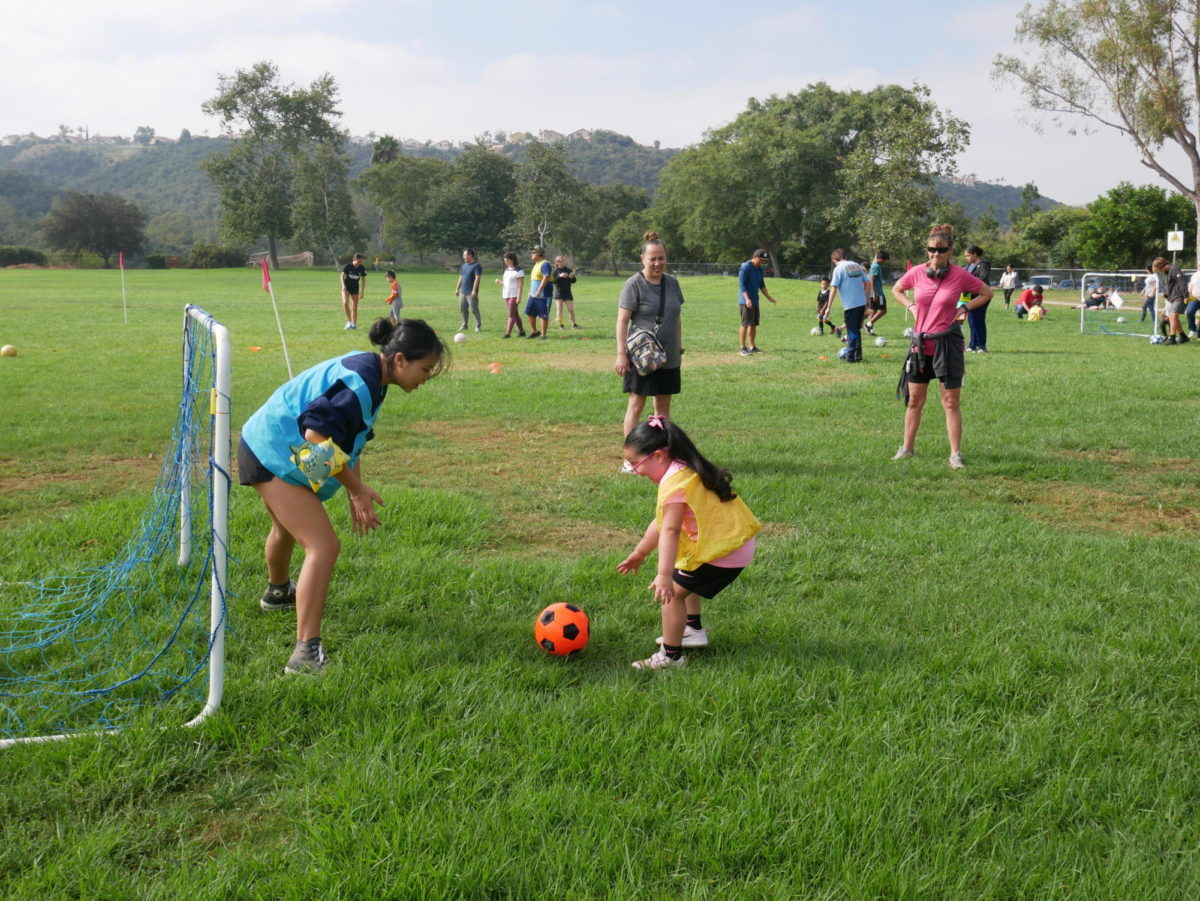
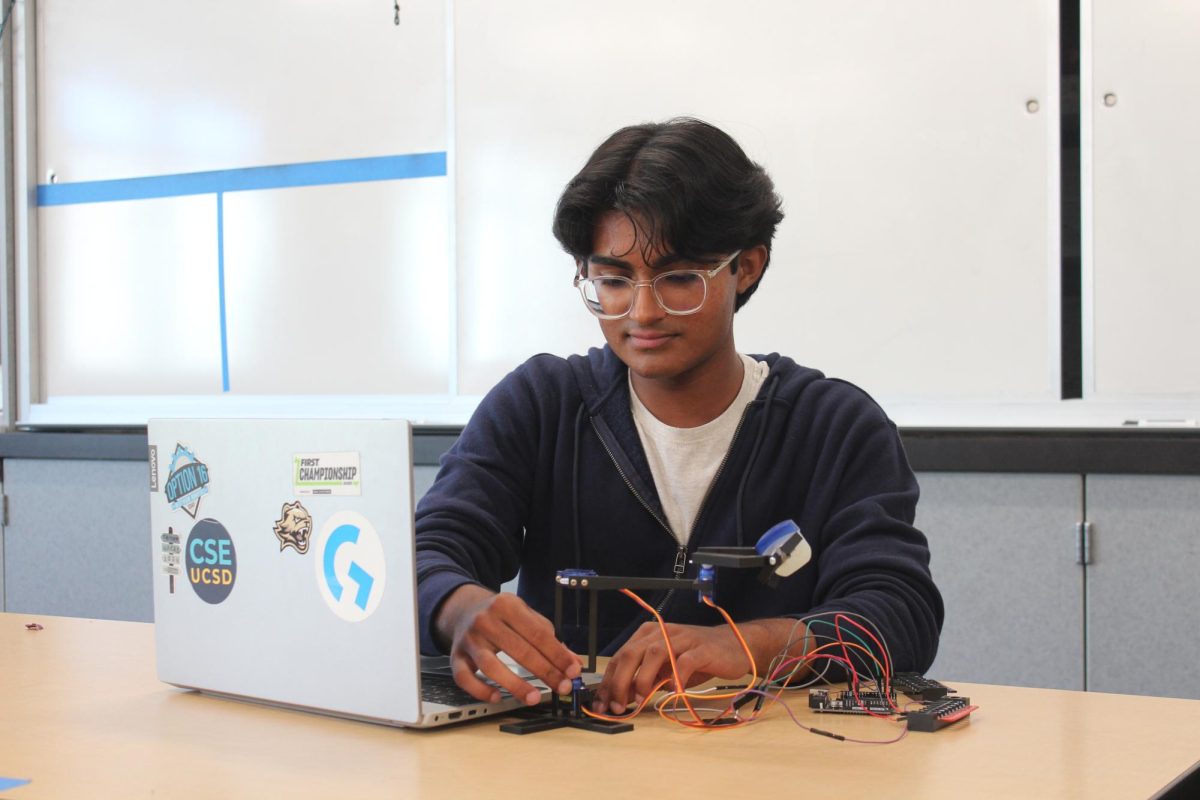
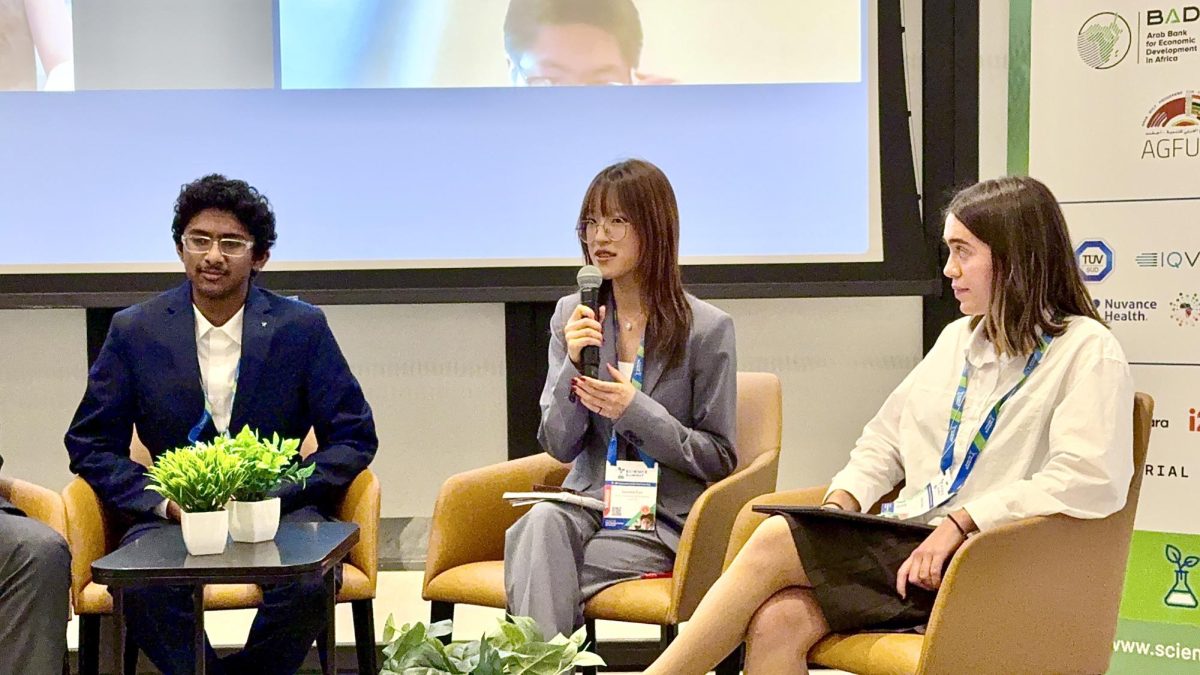
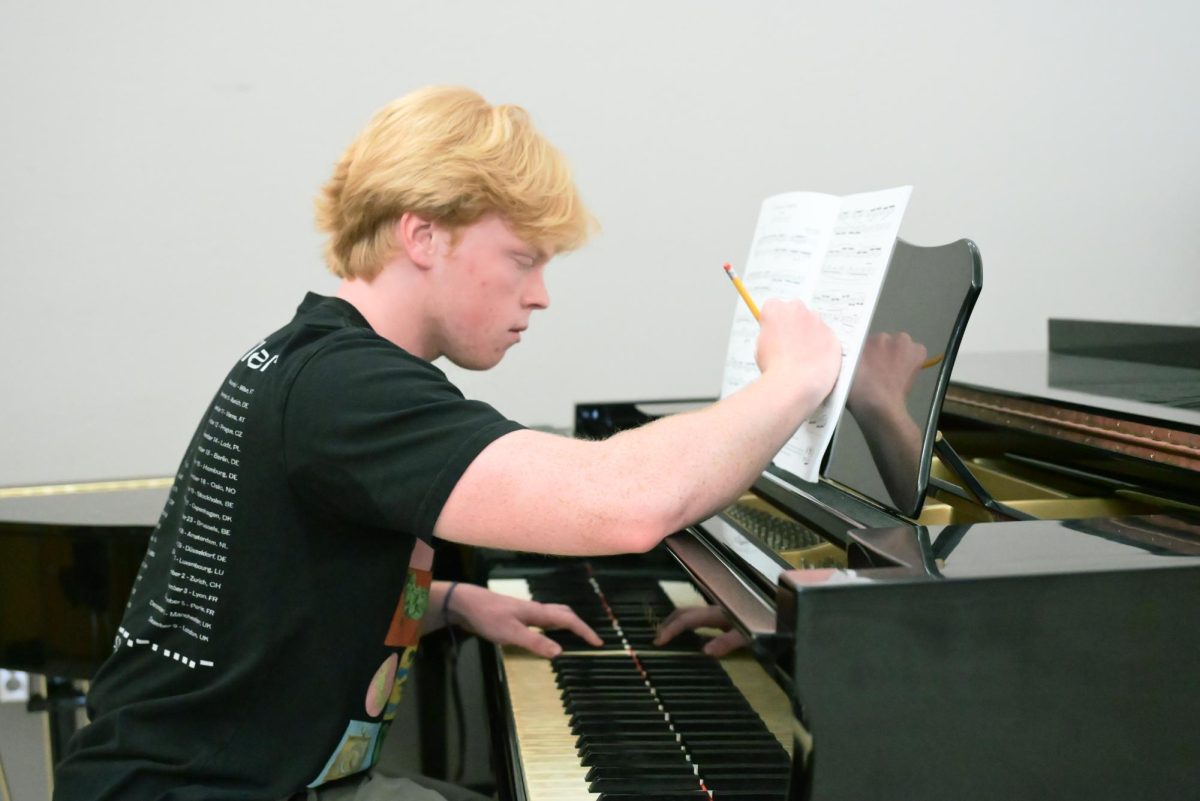
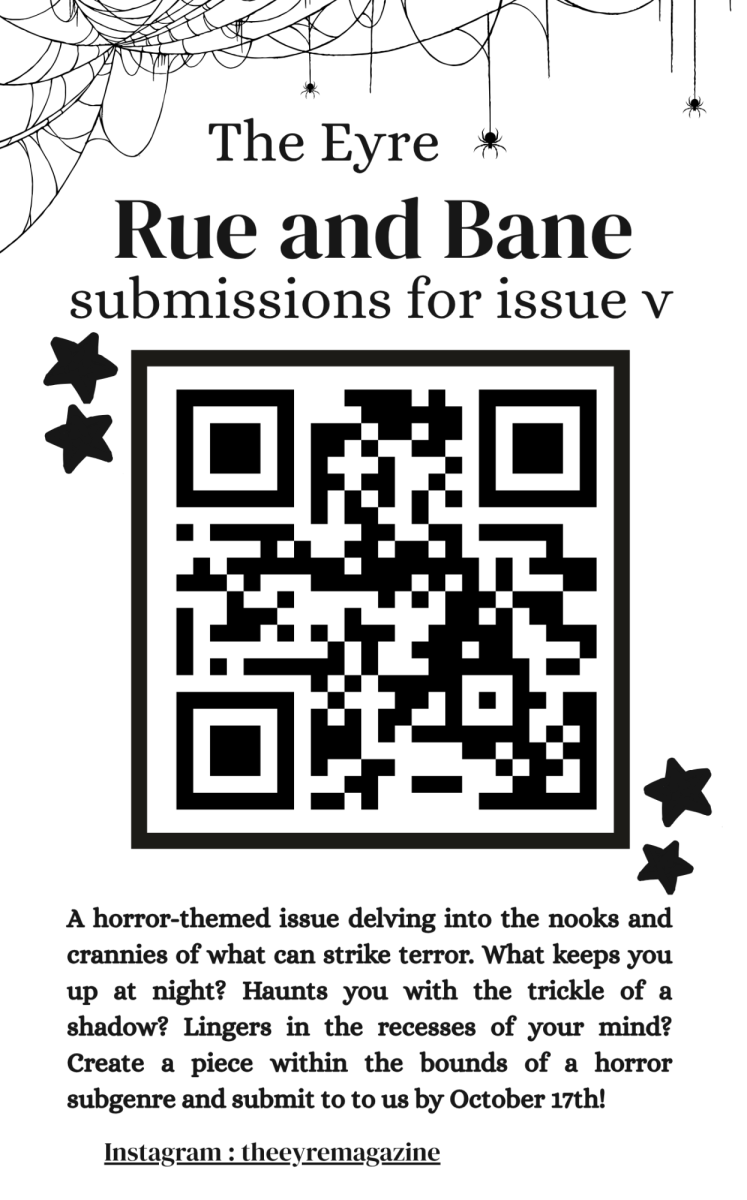
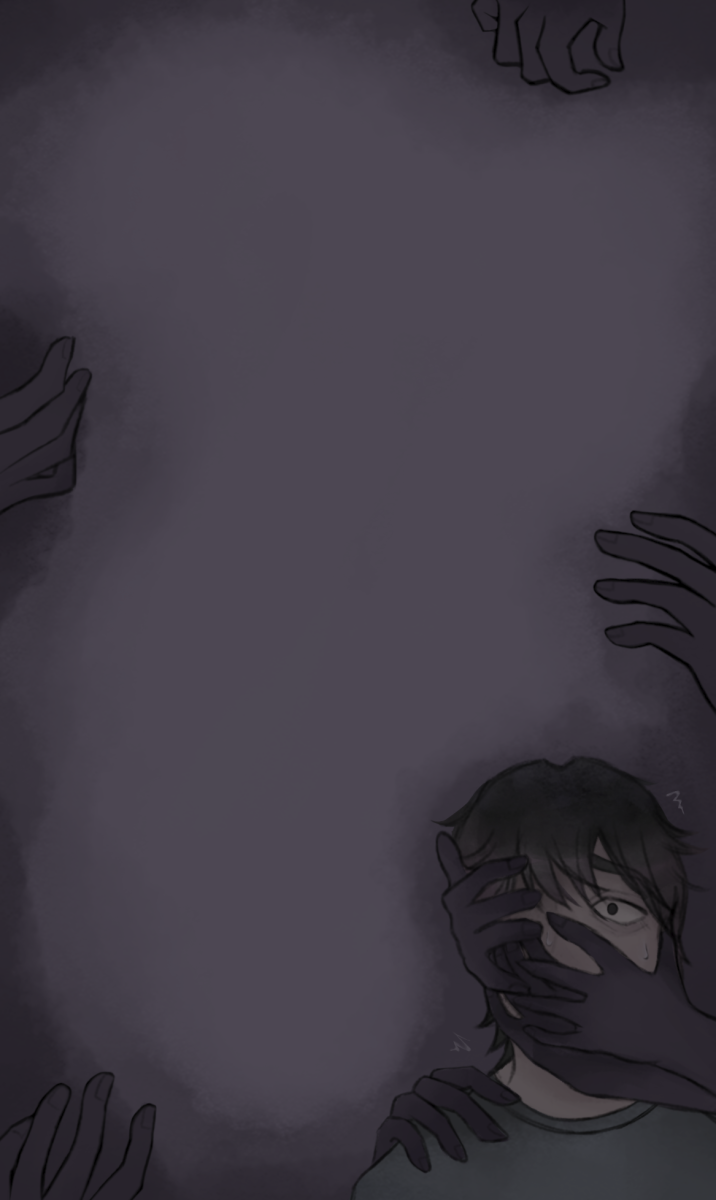
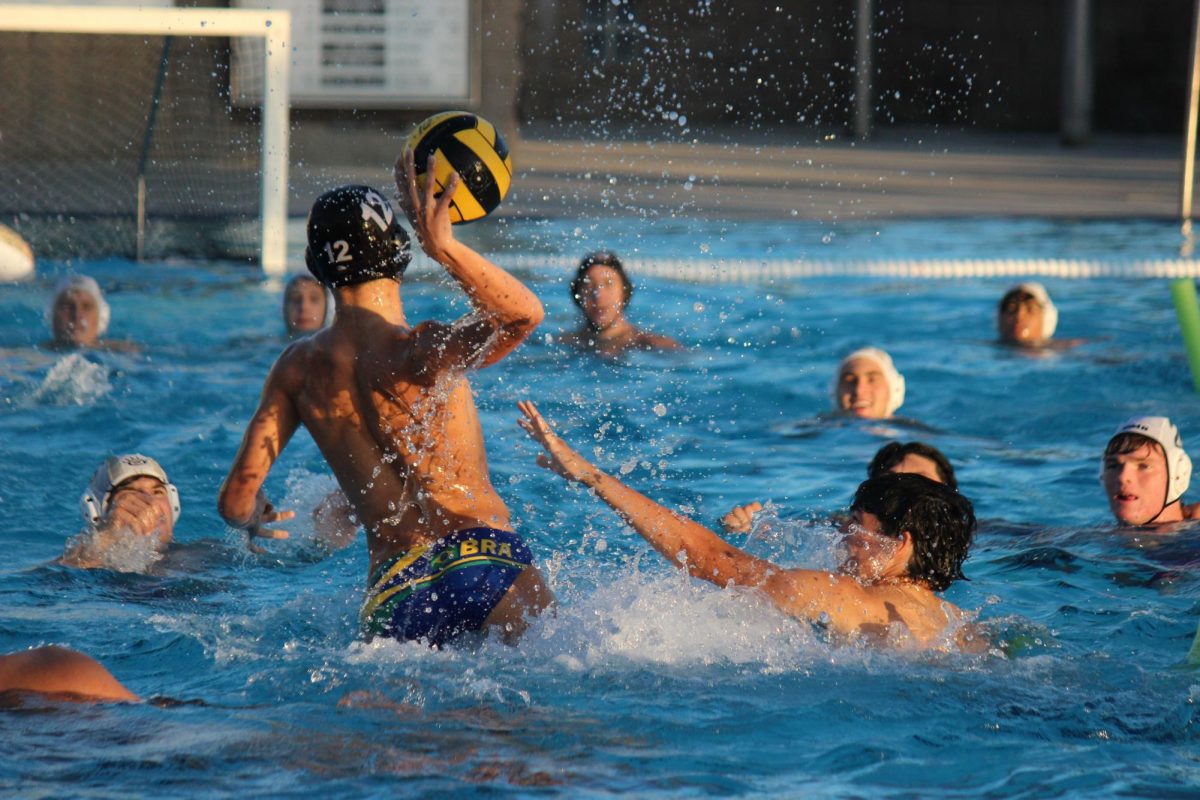

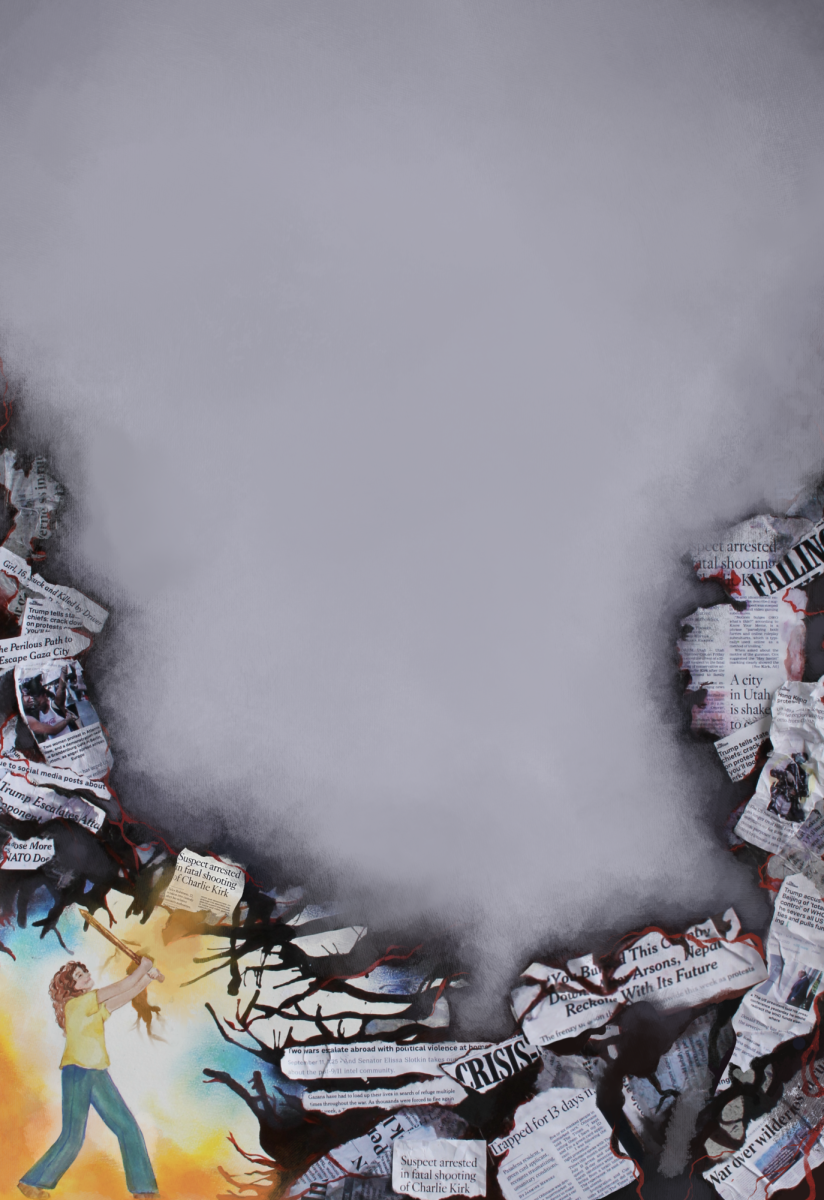
![Jolie Baylon (12), Stella Phelan (12), Danica Reed (11), and Julianne Diaz (11) [left to right] stunt with clinic participants at halftime, Sept. 5. Sixty elementary- and middle-schoolers performed.](https://wvnexus.org/wp-content/uploads/2025/09/IMG_1948-800x1200.png)
